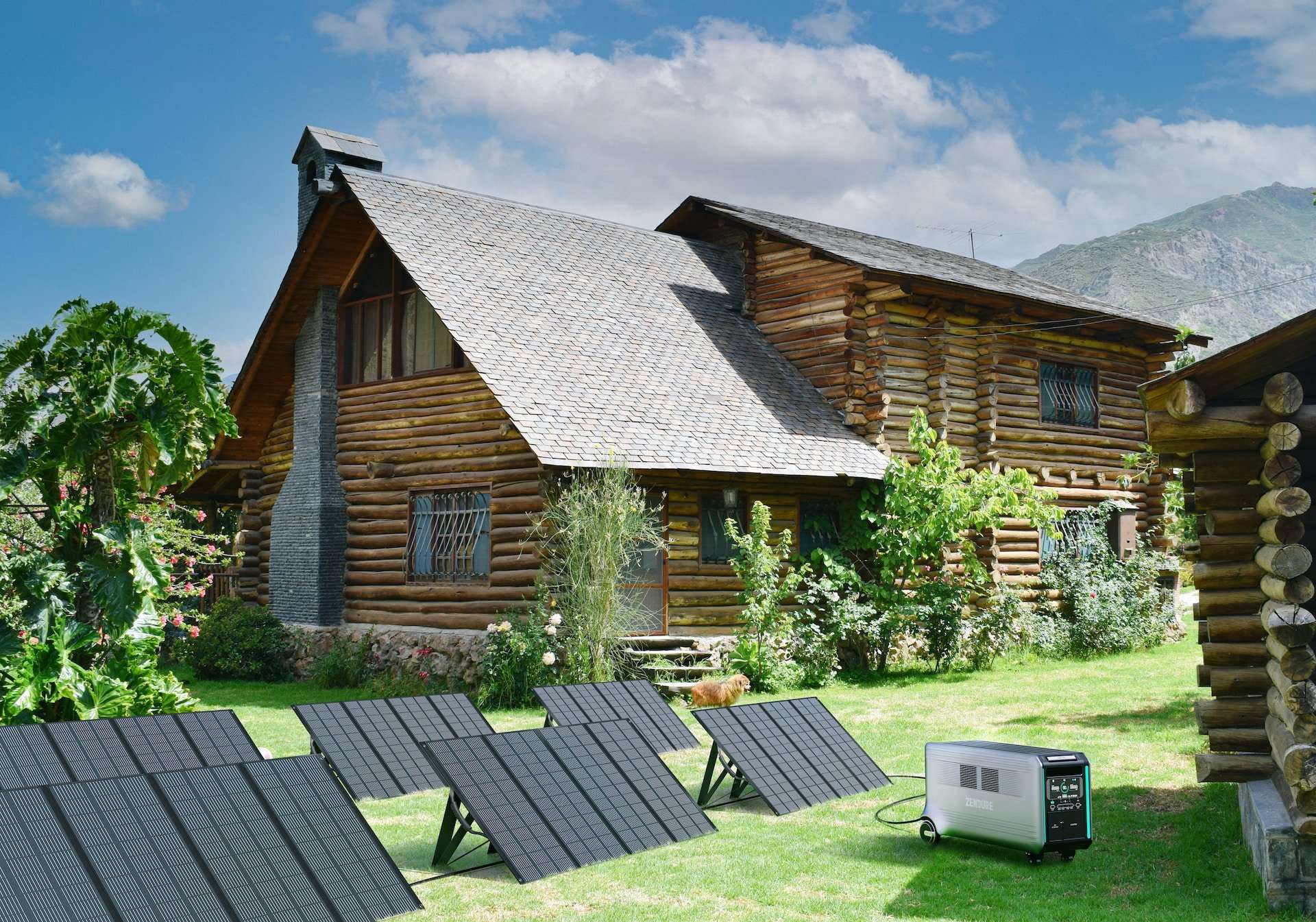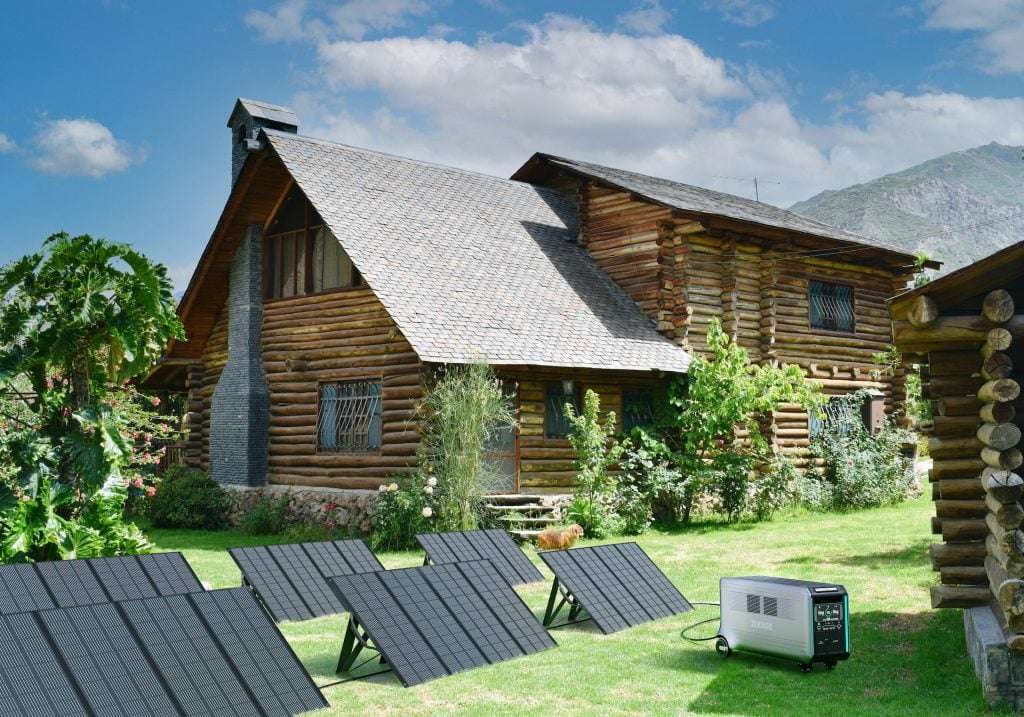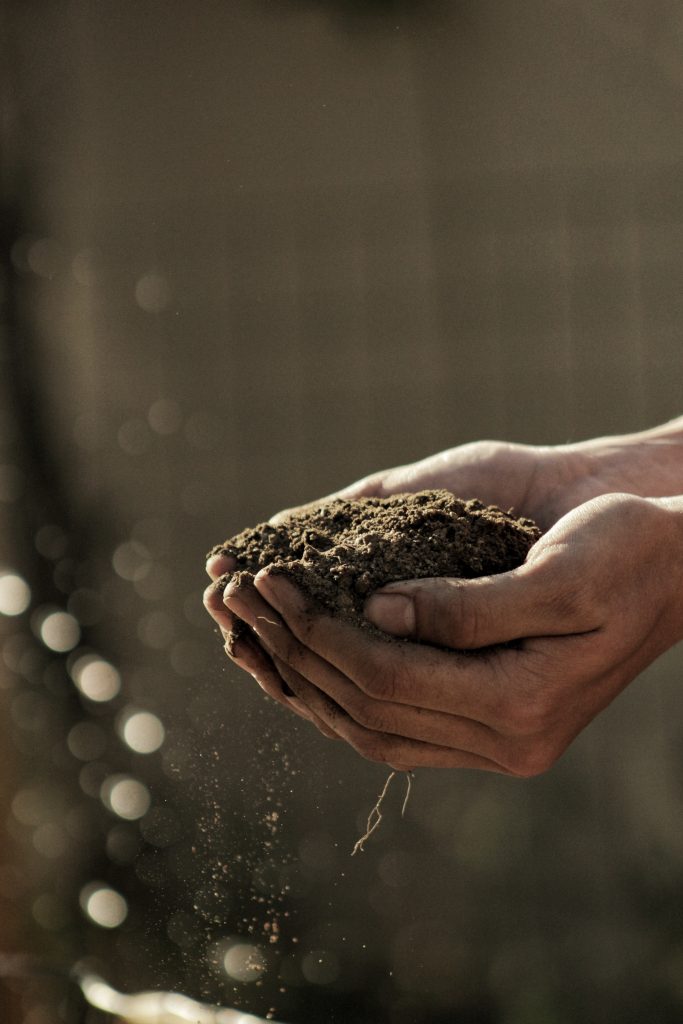Cabins provide an escape from urban life and offer cozy, close-to-nature living. But just like any other home, it’s important to keep up with regular maintenance and renovations to ensure your cabin is up-to-date and meets your needs.
If you’re environmentally conscious or interested in green living, you’ll be happy to know there are several sustainable cabin renovations to choose from. So whether your cabin just feels outdated and dull or you’re tired of aging appliances draining energy and your wallet, sustainable cabin renovations can help you minimize your environmental impact and take your cabin’s style to the next level.
So What Makes a Cabin Renovation Sustainable Anyway?
With the term sustainable being thrown around a lot these days, it can be tough to determine exactly what makes something sustainable. When it comes to home renovations, something that reduces energy consumption or waste production and minimizes your overall environmental impact is considered sustainable.
8 Sustainable Cabin Remodel Ideas
Let’s dive into eight practical, sustainable, and easy cabin remodel ideas.
1. Install Energy-Efficient Windows
Cabins often feature large windows to maximize the amount of natural light. Unfortunately, they can also cause massive energy loss due to drafts or heat transfer through the glass.
Energy-efficient windows can help minimize energy loss and save you money on energy bills. They feature multiple panes of glass to minimize heat transfer, low-emissivity (Low-E) coatings to improve thermal efficiency, and insulating frames with airtight construction.
Pro Tip! If your windows are over 15 years old, it’s a good idea to go ahead and replace them. There’s a good chance they are drafty or lack the latest technology.
2. Upgrade to Energy-Efficient Home Systems and Appliances
Upgrading your home systems and appliances to Energy Star alternatives is an easy way to reduce your energy consumption and create a more modern and upscale feel. The widely recognized energy efficiency symbol ensures the appliances in your home meet strict EPA standards. For a wide-scale renovation, consider upgrading your:
- Heating and cooling system
- Thermostat
- Washer and dryer
- Refrigerator
- Freezer
- Water heater
3. Make the Switch to Solar
Installing solar panels is one of the best ways to dramatically slash your energy consumption. Solar panels harness the power of the sun to generate clean, renewable energy without the need for natural gas or fossil fuels. This helps lower your carbon footprint and create a more sustainable future.
Although installation costs may be steep, switching to solar power can help you save big on energy costs in the long run.
4. Choose Eco-Friendly Materials to Update Your Flooring
Refreshing your cabin’s floors can have a big impact on the overall look and feel of the space. Hardwood flooring is a popular choice due to its classic, warm, and inviting appearance. However, its environmental impact can be devastating. Opt for eco-friendly materials such as bamboo flooring or eucalyptus for the classic hardwood look with a lower environmental impact.
Did You Know? Certain species of bamboo can grow up to 1 meter, or 3.3 feet, per day.
5. Install Energy-Efficient Insulation
Poor or compromised insulation is a common problem with older cabins, leading to unwanted heat loss in the winter, unwanted heat gain in the summer, and higher energy bills year-round. Installing new, energy-efficient insulation helps keep your home comfortable while minimizing environmental impact.
6. Create a Compost Station
You might not typically think of creating a compost station as a cabin renovation, but this simple addition can greatly impact your cabin’s sustainability. Composting allows you to divert a lot of waste away from your trash bin — and therefore, landfills — while transforming your so-called trash into valuable nutrient-rich compost for your garden.
Practically any organic waste can be tossed into a compost system, including:
- Yard trimmings
- Fruit and vegetable scraps (peels, cores, rinds, etc.)
- Fruit and vegetables that have gone bad
- Eggshells
- Coffee grounds
- Newspaper
- Leaves
- Cardboard
- Pine needles
Avoid adding meat or dairy products, very fatty foods, or any kind of pet or human waste to your compost system.
7. Make the Most of Reclaimed Wood
Recycling and reusing building materials is a key component of a sustainable cabin remodel. By taking wood that would otherwise be thrown away and giving it a new life, you’re not only diverting waste from a landfill but also saving money and conserving resources by not buying new.
Best of all, reclaimed wood can be turned into virtually anything. Don’t believe us? Check out these 6 Amazing Woodworking Projects to help you get started.
8. Refresh Your Cabin with Eco-Friendly Paints
A fresh coat of paint can go a long way toward revitalizing your cabin. But before you crack open that can of paint, make sure it’s eco-friendly with non-toxic ingredients and has low or zero volatile organic compounds, or VOCs. Low-VOC paints are better for the environment and your health since they contribute to better indoor air quality.
Pro Tip! When choosing paint colors, consider the mood or atmosphere you want to create in each room. Don’t be afraid to go bold with a bright warm color in the living room, like yellow, orange, or red, to create a more vibrant and invigorated feel.
Transform Your Cabin While Minimizing Your Environmental Impact
From creating a compost station to installing eco-friendly flooring, there are many ways you can enhance your cabin’s functionality and aesthetics while minimizing your environmental impact.
About the Author
Sarah’s love for home design and renovation runs as deep as her love for a good dad joke! 😄 She’s been crafting content with the fantastic folks at Ambient Building Products for years, and when it comes to homes, this gal is the real deal.
From DIY adventures to pro collaborations, she’s worn all the hats, and not just because she’s a fan of stylish headgear. In her own abode, she’s overseen her fair share of projects, making her a true home improvement aficionado.
But what really makes her heart skip a beat are those eco-friendly, energy-efficient upgrades that not only make your house look good but also feel good. Sarah’s all about adding value to your home, one pun and one project at a time! 💚💡



